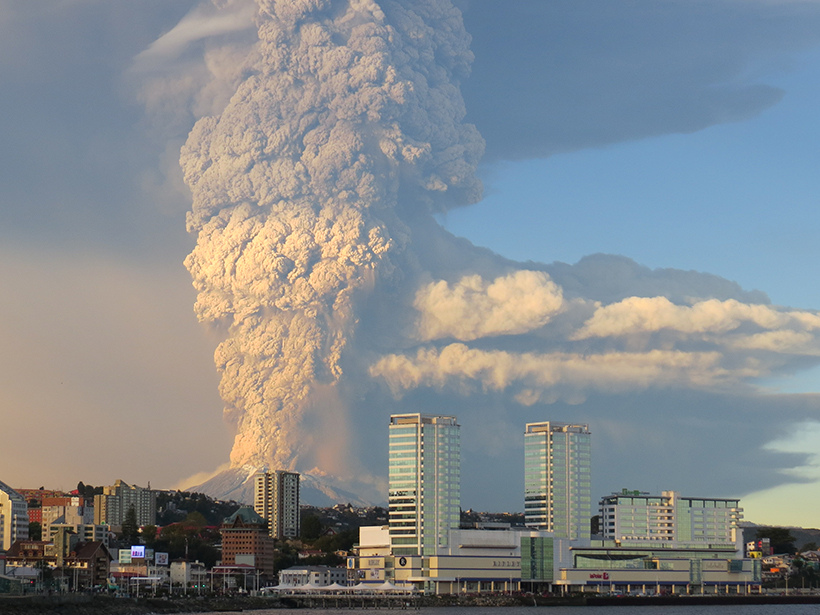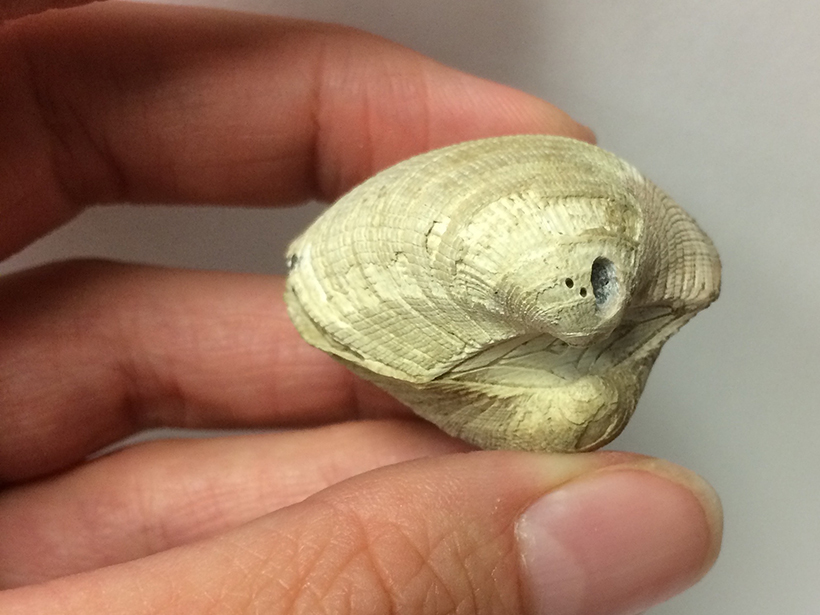Volcanic Ash as an Active Agent in the Earth System (VA3): Combining Models and Experiments; Hamburg, Germany, 12–13 September 2016
aerosols & particles
Satellite Data Reveal Effects of Aerosols in Earth's Atmosphere
Combining data from multiple sources could aid in predicting the tiny atmospheric particles' effects on global warming.
Clouds Don't Reflect as Much Sunlight as Previously Thought
Icy clouds may actually increase, not decrease, the amount of solar energy that reaches Earth.
Smoke Signals in the Amazon
Forest fires can occur naturally, but in the world's largest rain forest, fire can signal large-scale deforestation.
A Date Under the Stars? Maybe Not with Aerosol Injection
Injecting aerosols into the atmosphere on purpose could help cool Earth, but new research shows that it could also make the night sky brighter and negatively affect human health.
How Did Climate and Humans Respond to Past Volcanic Eruptions?
First workshop of the Volcanic Impacts on Climate and Society Working Group; Palisades, New York, 6–8 June 2016
Air Pollutant Plays Lesser Role in Climate Change Than Expected
Satellite data indicate that pollution control efforts that curbed levels of sulfur dioxide gas did not cause a major decrease in carbon dioxide absorption by plants.
Volcanic Ash Contributes to Climate Cooling
A new study shows that atmospheric ash reflects solar radiation months after volcanic eruptions.
Joint Aerosol Research Between Cuba and Spain Proves Fruitful
Optics Atmospheric Teams' Workshop; Camagüey, Cuba, 27–29 January 2016
Climate Warming May Have Helped Kill the Dinosaurs
New evidence indicates ancient warming spells that coincided with prodigious volcanism and a powerful meteorite impact, both seen as possible causes of mass extinctions about 66 million years ago.










